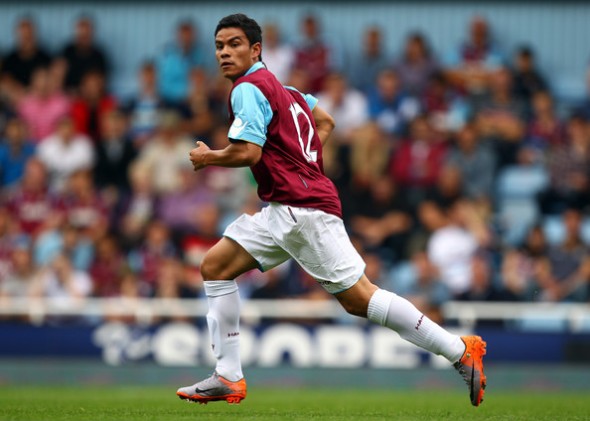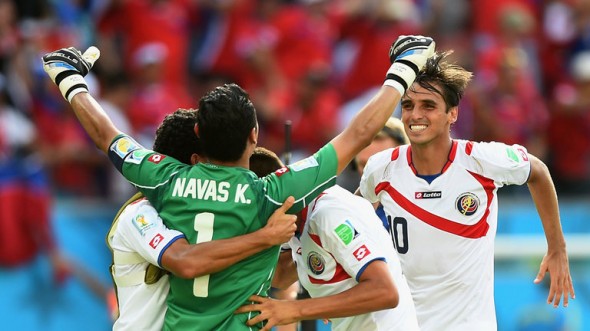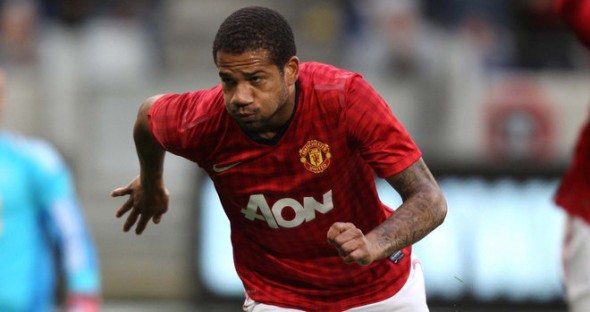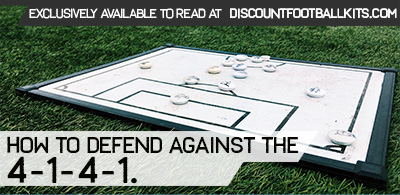Remember Pablo Barrera? You may not, but West Ham United fans certainly do.

(August 6, 2010 – Source: Richard Heathcote/Getty Images Europe)
He was their shiny new £4 million acquisition in the summer of 2010, fresh off the back of an impressive stint at the FIFA World Cup 2010 in Javier Aguirre’s Mexico side.
Said iteration of El Tri boasted Giovani dos Santos, Javier Hernandez and Andres Guardado just as they were breaking onto the scene: a spirited, flowing, exuberant attitude embodied the side.
Barrera, a rotational winger, looked fantastic against France during the group stage and became Aguirre’s go-to guy from the bench when the chips were down.
Great athleticism, skill and close control inside the box led Hammers fans down the path of genuine excitement over an “exotic” summer signing. 12 months later they’d been relegated, Barrera had failed to make any form of positive impact and was sent on loan to Real Zaragoza.
A further year later he was back in his native Mexico, playing with Cruz Azul.
Pablo Barrera is the epitome of the dreaded post-World Cup flop signing—the type you pray your club doesn’t fall prey to. There have been many before him and hundreds will ensue in the coming decades, but clubs simply can’t help themselves; they itch to pull the trigger.
Nikola Zigic’s gargantuan £60,000-per-week wage packet, earned off the back of the same tournament that brought Barrera to the Premier League, has only just left Birmingham City’s books.
Alex McLeish saw something he liked—admittedly something no one else saw—in the Serbian international, invested a large sum of money in him and the move backfired. The Blues have been in financial distress for years, and Zigic’s handsome contract hasn’t exactly helped.
There are, of course, several examples of success stories emanating from the World Cup: Gilberto Silva to Arsenal (2002) and Mesut Ozil to Real Madrid (2010) are examples of how quality showings at the finals can “seal the deal,” so to speak.
But managers should ever be wary of the Barrera, and to avoid him they need to understand the nature of World Cup performances: They’re isolated, small -scale windows to scout a player.

Keylor Navas, Costa Rica’s goalkeeper, has a remarkable save-rate which cannot be sustained over the course of 38 games. He’s perhaps not the best example to use given that he’s been one of the best La Liga goalkeepers for the last 18 months, but he’s not flawless and those flaws weren’t on show during the finals.
Goalkeepers are the easiest, though; playing between the sticks can only vary so much between international and domestic standards.
But Miguel Layun, Mexico’s flying left-wing-back, has a very specific role in Miguel Herrera’s 3-5-2 system. It’s very difficult to work out how he fits in a regular back four since he plays his club football in the same 3-5-2—sparked by the same coach, Herrera, and continued by Antonio Mohamed—and El Tri’s 3-5-2 is different to the one generally employed in Europe.
Charles Aranguiz, a hugely impressive performer for Chile, sparks another set of questions. Would his relentless box-to-box fashion function as well in Europe? Would his strengths look so obvious in a more reserved, less frantic system than Jorge Sampaoli’s?
Some players are used to serve a very specific roles for their national sides, restricted from their full capacities. Juan Vazquez of Mexico plays an exceptionally simple pick-up-and-pass role for El Tri and Celso Borges almost solely connects the back line to Joel Campbell for Costa Rica.
How do you know how good they are on a week-to-week basis?
Every transfer is a risk, but the small sample size and specific conditions are not conducive to effective scouting. If you think you like a player, go and watch 15 club-level games on DVD, then another five with the national team.

Man Utd’s kit by Nike. View our range of football kits.
Managers will say they do their due diligence, but if that’s true, how do Manchester United end up with a £7.5 million player named Bebe that Sir Alex Ferguson had never seen play?
The World Cup is a stage at which styles and gameplans are tailored specifically and players either sink or swim. It’s the worst arena for player valuations, but it’s not the ideal place to enhance awareness of talent.
The homework has to come later; the difference must be clear.









